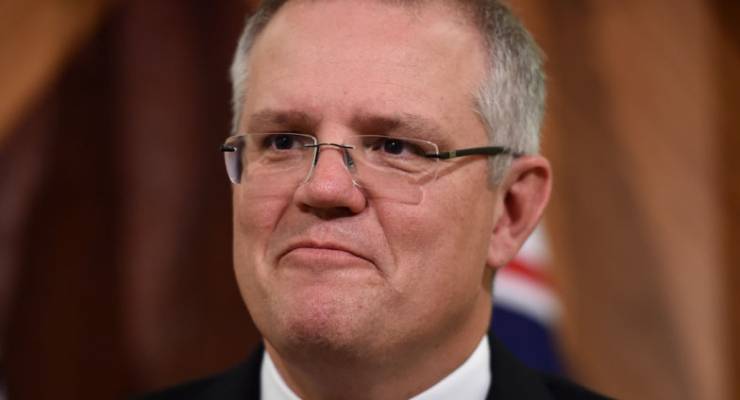
With the Mid-Year Economic and Fiscal Outlook prediction season now launched with Chris Richardson’s traditional finger-in-the-wind, our finest minds are giving thought to what sort of impact the current mini-boom in iron ore and coal will have on revenue. Luckily we won’t find out until the week before Christmas, so we’ve got a solid month of speculation to enjoy. Clearly the Coalition has changed its tune since 2011, when Joe Hockey angrily demanded Wayne Swan release MYEFO at the start of November.
But the coal price boom and its impact on revenue will depend heavily of the intensity of the Chinese winter. “The winter heating season” in China started on November 15 and runs to March 15, and yesterday China’s highest economic planning body, the National Development and Reform Commission, published a directive raising the number of working days for coal mines by 54 to 330, reversing a cut earlier this year. That cut, which removed more than 300 million tonnes of excess coal production, triggered coal’s rise as utilities and steel companies in the region, especially in South Korea and Japan, began to stock up. Chinese electricity consumption rose by more than expected (up 4.8% in the 10 months to October, three times the rate of the same period in 2015).
[The coal, hard truth: Chinese steel is the canary in the mine]
“The strong pricing rebound since early 2016 is unlikely to be sustained as the Chinese government relaxes its working-day curtailment policies to manage prices,” Fitch Ratings said in a note to clients. “Going forward, much will now depend on the weather outlook in northern Asia, where the peak demand winter season has just started.” The government has been trying since late September to get China’s coal sector to reverse the previous curbs and expand production quickly to build reserves for the power industry for the winter. The NDRC has reportedly called in the owners of 800 mines (many of whom are provincial or local governments) to order production increases and shut an influential coal price advice website, leaving the industry to use government-provided prices for their contracts. Last week the NDRC revealed two big thermal coal contracts between big miners and big power utilities, which, unusually, lasted for longer than a year and contained a fixed price that was a 25% discount to the market price — a sign the contracts are being used by the government to try to put a lid on price rises, and in fact to drive prices lower.
But prices for hard coking coal remain around US$300 a tonne (trebling this year from just over US$90 a tonne) because the Chinese steel industry continues to respond to rising demand and prices from the construction sector. Global prices are still more than double what they were earlier this year, while Chinese prices have risen by well over 50%. China has stepped up coal imports, which have topped 201 million tonnes in the first 10 months of the year, much of it coking coal for the steel industry. Domestic production fell 1.5% in October from September and is down 11% from a year earlier, according to the data from the country’s National Statistics Bureau for October. The NDRC decision on working days was given the official seal of authority by Premier Li Keqiang, who reportedly said the country had to balance demand for heating over winter with efforts to tackle pollution. For the Chinese government, getting through what could be a cold winter with no disruptions to electricity supply is more important than the climate, smog levels and curbing overproduction — which can resume once winter has passed and spring arrives.
[All hail the economic panacea of company tax cuts]
The Australian government and Treasury would be wise to hedge its bets on the coal price and bank any upside when it materialises rather than locking it into the forecasts, but as MYEFO speculation suggests, weak wages growth is going to drag tax revenue down yet again. Scott Morrison, in splendid Laffer Curve fashion, thinks the answer to that is cutting corporate tax. But then again, this government thinks cutting corporate tax is the answer to literally every economic challenge. Low tax revenue, tepid economic growth, low multi-factor productivity growth, weak wages growth, weak employment? Lower company taxes are a miracle cure-all.







Crikey is committed to hosting lively discussions. Help us keep the conversation useful, interesting and welcoming. We aim to publish comments quickly in the interest of promoting robust conversation, but we’re a small team and we deploy filters to protect against legal risk. Occasionally your comment may be held up while we review, but we’re working as fast as we can to keep the conversation rolling.
The Crikey comment section is members-only content. Please subscribe to leave a comment.
The Crikey comment section is members-only content. Please login to leave a comment.